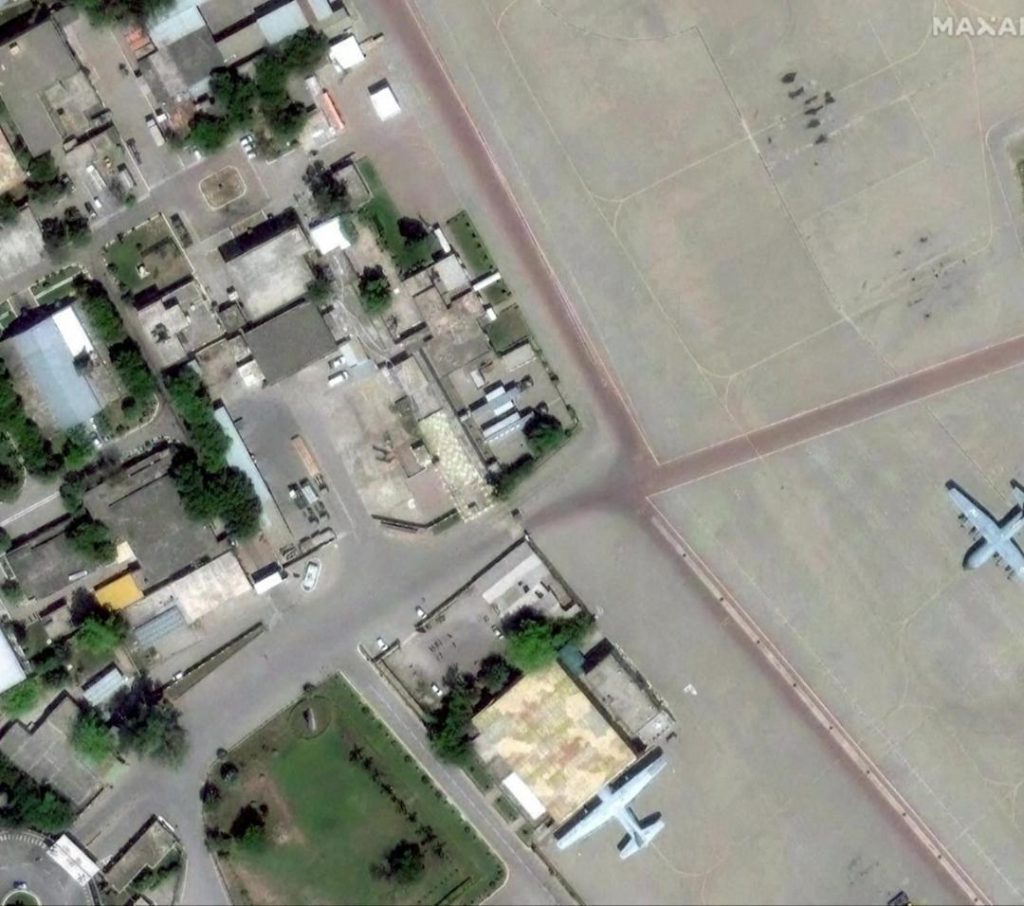
Air Defence Systems of China & Pak No Match for India’s BrahMos: Expert
In recent years, the Indo-Pakistani tensions have been escalating, with both nations engaging in a series of military skirmishes and border confrontations. The latest flashpoint was the aerial dogfight between Indian and Pakistani fighter jets, which resulted in the downing of a Pakistani F-16 fighter jet. Amidst this backdrop, a leading American urban warfare expert has sparked a new debate by stating that the air defence systems of China and Pakistan are no match for India’s BrahMos missile.
Colonel (Retd) John Spencer, a renowned expert in urban warfare, made these comments while hailing India’s Operation Sindoor, which involved the use of BrahMos missiles to precision strike Pakistan’s air bases. According to Spencer, the Chinese air defence systems and missiles are sub-par vis-à-vis India’s systems, and India’s message was clear: it can hit anywhere in Pakistan anytime.
The BrahMos missile, developed jointly by India and Russia, is a supersonic cruise missile with a range of over 290 kilometers. It is considered one of the most advanced missile systems in the world, with the ability to penetrate even the most advanced air defence systems. The missile’s speed, maneuverability, and advanced guidance system make it nearly impossible to intercept, rendering the air defence systems of China and Pakistan ineffective against it.
Spencer’s comments come at a time when India and Pakistan are engaged in a bitter standoff along the Line of Control (LoC) in Kashmir. The situation has been further complicated by the recent escalation of tensions between India and China along the LAC in Ladakh. The Chinese People’s Liberation Army (PLA) has been making aggressive moves along the border, and India has been responding with equal force.
The BrahMos missile has been a game-changer for India’s air defence capabilities, providing it with the ability to precision strike enemy air bases and military installations. The missile’s accuracy and speed make it an ideal weapon for taking out enemy air defence systems, including surface-to-air missile (SAM) sites, radar installations, and command centers.
China, in particular, has been developing its air defence systems, including the HQ-19 surface-to-air missile system and the S-400 Triumf air defence system. However, according to Spencer, these systems are no match for India’s BrahMos missile. The S-400 Triumf, for instance, is a highly advanced air defence system that is capable of detecting and engaging targets at a range of over 400 kilometers. However, it is unlikely to be effective against the BrahMos missile, which is capable of evading radar detection and engaging targets at a range of over 290 kilometers.
Pakistan, on the other hand, has been relying on its F-16 fighter jets and Chinese-supplied air defence systems, including the LY-80 surface-to-air missile system and the FT-2000 air defence system. However, these systems are unlikely to be effective against the BrahMos missile, which is capable of penetrating even the most advanced air defence systems.
The use of BrahMos missiles in Operation Sindoor has sent a clear message to Pakistan and China: India is capable of precision striking enemy air bases and military installations with ease. This has significant implications for the regional balance of power, as it gives India a significant advantage in terms of air defence capabilities.
In conclusion, Colonel (Retd) John Spencer’s comments highlight the significant advantage that India’s BrahMos missile provides in terms of air defence capabilities. The missile’s speed, maneuverability, and advanced guidance system make it nearly impossible to intercept, rendering the air defence systems of China and Pakistan ineffective against it. As the regional tensions continue to escalate, it is clear that India’s BrahMos missile will play a key role in shaping the military balance of power in the region.



